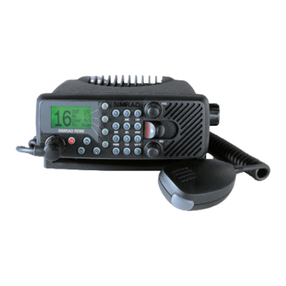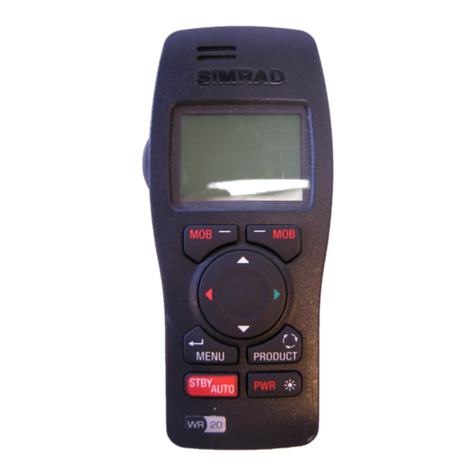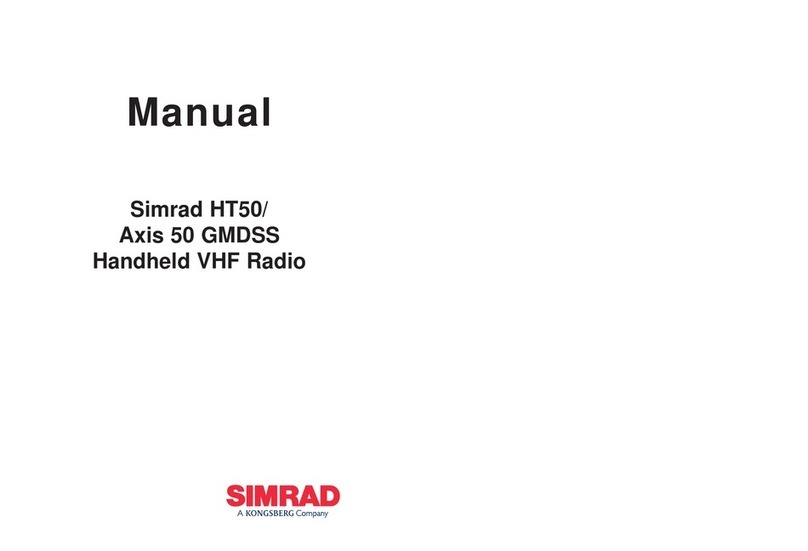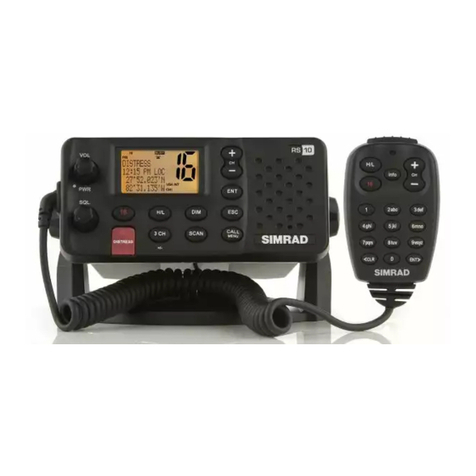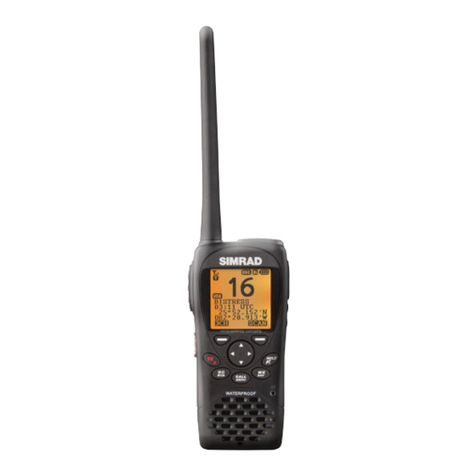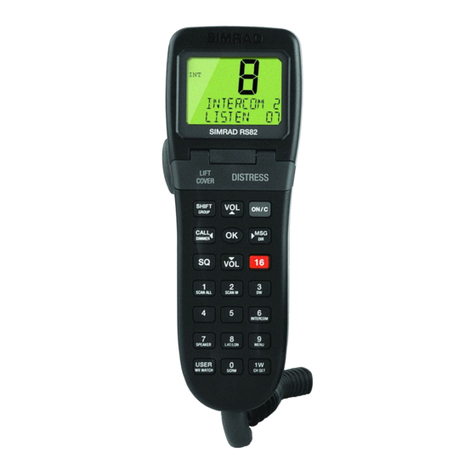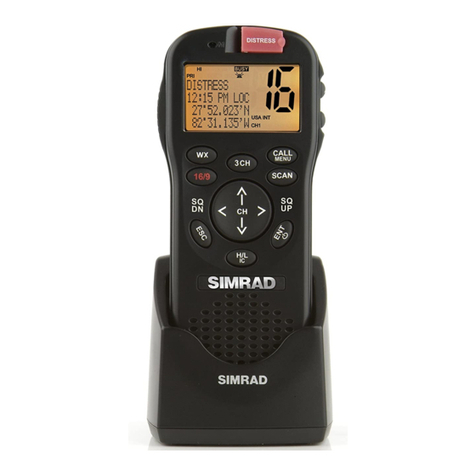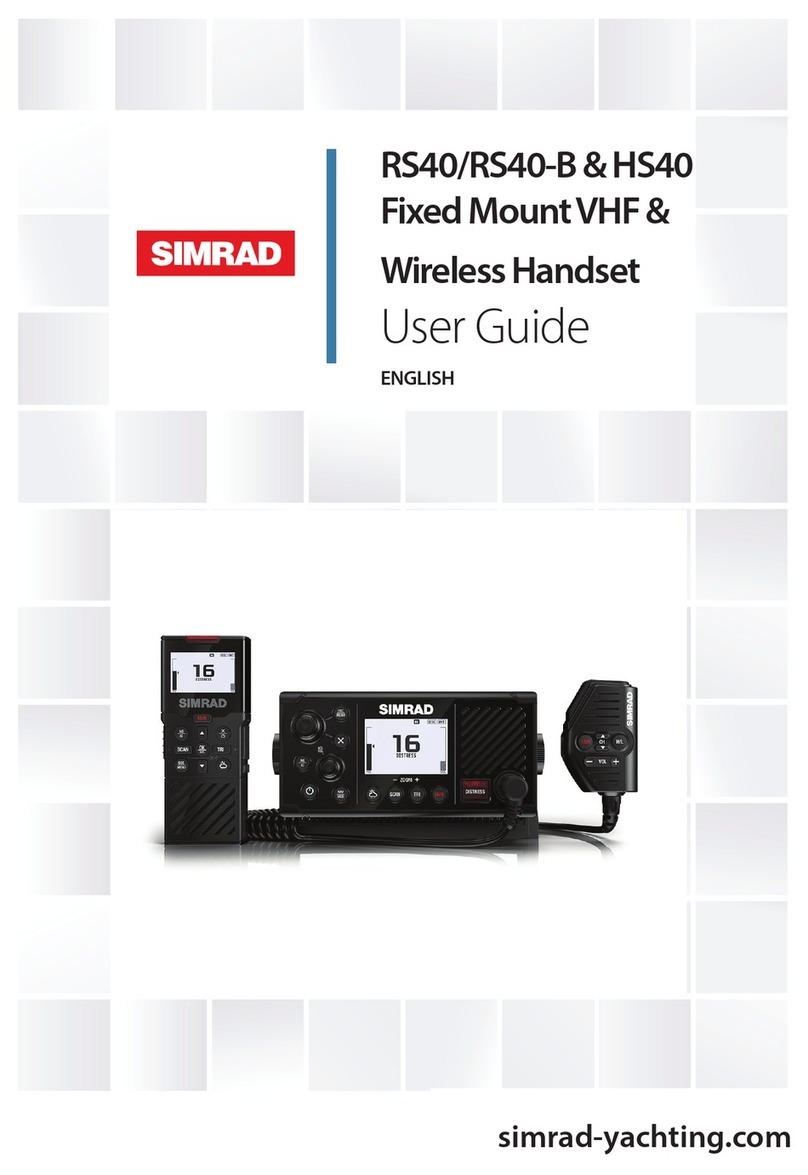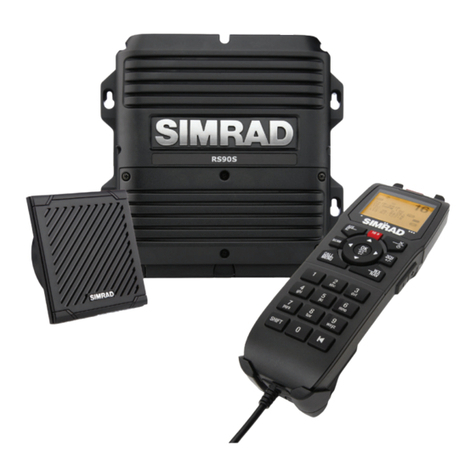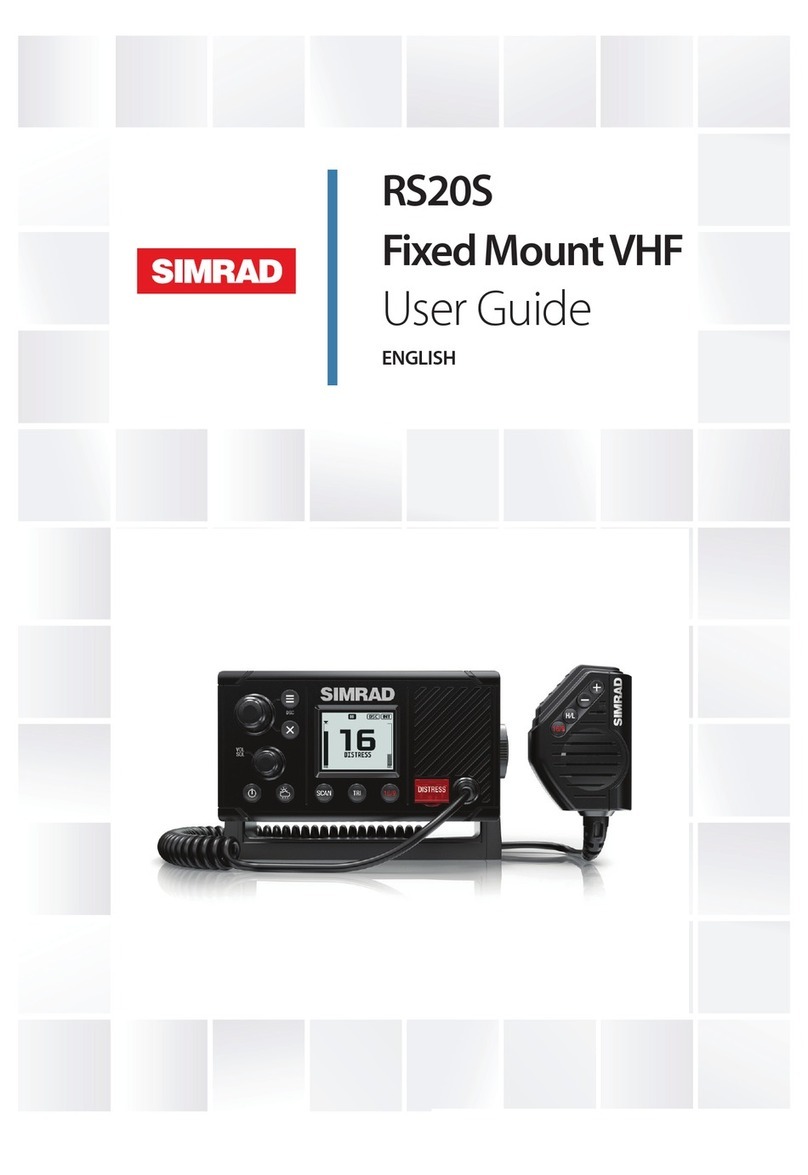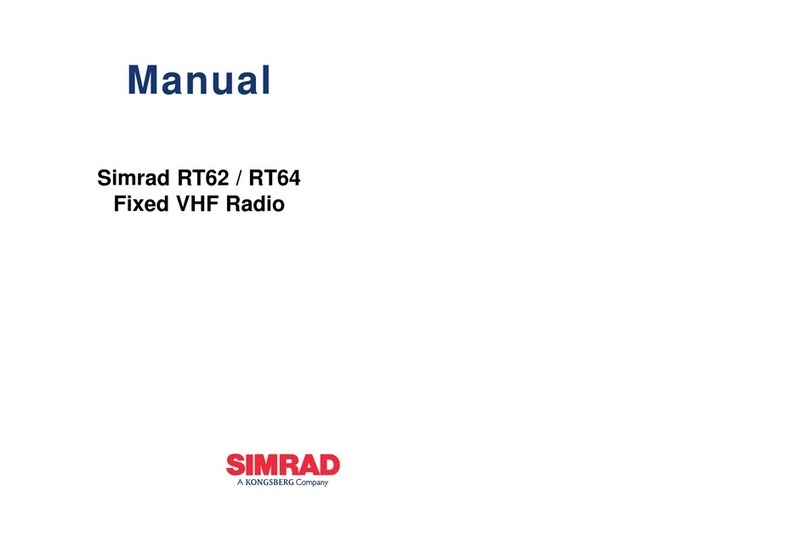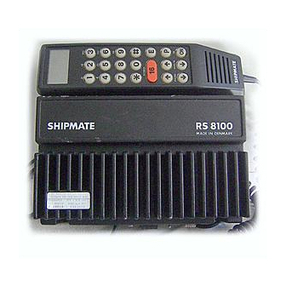Page 8
1.2 Technical Specification
Electrical
Channel Capability (Axis200) 55 international channels 1–28, 60–88.
UK : includes M (previously 37) and M2.
USA : includes 0, 29, 89, 75, 76, Wx1–10 receive only.
Scandinavia : leisure or fishing channels as appropriate.
Canada : Canadian and USA channels.
(250) As 200 plus up to 16 private channels may be
programmed.*
(150) 16 channel capability – channels 06, 16 and 67 are
programmed as standard. Remaining channel spaces may be
programmed with further international or private channels as
specified. The standard channels may also be changed as
required.*
(GMDSS Versions) GMDSS sets are shipped with only simplex channels fitted.
150 GMDSS : 06, 08, 10–17, 67, 69, 71–74
250 GMDSS : 06, 08–17, 67–69, 71–77
Frequency Range 155–165Mhz (can be extended to suit market requirements)*.
Operating Temperature Range -20ºC to +60ºC
Output Power 2 levels, maximum 5 Watts (1 & 5 Watts standard)*.
Harmonic and Spurious Emissions <.25µW Tx, <1nW Rx
Sensitivity 0.5µV for 20 dB SINAD
Selectivity 75 dB (±25 kHz)
Intermodulation 75 dB
Channel Spacing 25kHz (12.5 khz also possible)*
Blocking 90dB
Spurious Response 80dB
Audio Output Power Max 1 Watt
Current Consumption Squelched <25mA
Receive typically 125mA
Transmit 5 Watts 1.4A
1 Watt 0.8A
Weight 600g (approx)
* Contact local Simrad Service Agent for further details of channel programming, etc.
Environmental
Waterproof To a depth of 1m fully submersed, including a 45ºC thermal
shock.
Drop Resistance Will withstand a drop from 1M on to a hard surface on any
face.
Hermetically Sealed Will withstand petrol, diesel and other fuel oils.
Ergonomics Is designed to fit comfortably into the hand and be
operated with ease in the worst weather conditions.
